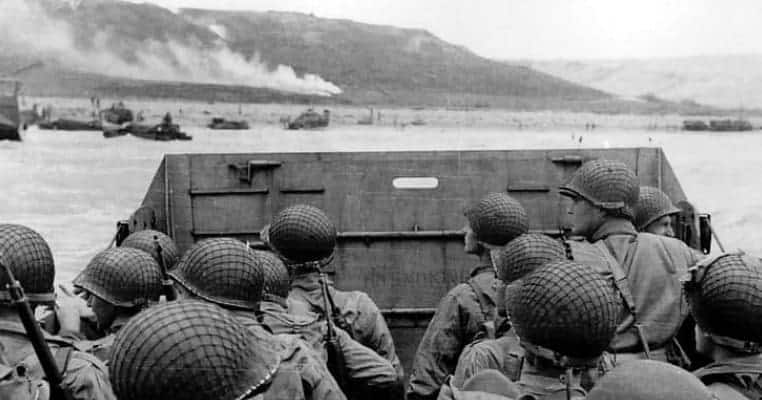Lasting for six years, during which time more than twenty-four million individuals were killed in battle – as well as more than fifty million civilians – the famous engagements of the Second World War have already passed into legend. From the heroes on the beaches of Normandy during Operation Overlord to the ace pilots of the Battle of Britain, to the flag-raisers after the Battle of Iwo Jima, these stories are committed to our collective memories. However, despite their fame, many of these battles were no more dangerous for the individuals involved than their less well-known counterparts, and, in some cases, were less so. We owe it to all those who serve to remember their deeds, sacrifices, and risks taken on our behalfs equally.
Here are 20 lesser-known battles of the Second World War that nevertheless mattered and you should know about:

20. The longest battle on German soil during the Second World War, as well as the longest single battle in the history of the U.S. Army, the Battle of Hürtgen Forest has been overshadowed by the Battle of the Bulge despite its longevity and strategic importance
Fought with the intent by Allied commanders to pin down German forces in the surrounding area and prevent them from reinforcing their beleaguered comrades engaged in the Battle of Aachen to the north, the Battle of Hürtgen Forest was fought between September 19 and December 16, 1944. Waged across a 140 square kilometer area of dense forest and marshy ground, situated approximately 5 kilometers east of the Belgian-German border, the battle, intended by the Allies to be merely a brief distraction, transformed into the longest battle to be fought on German soil throughout the entire conflict.
Possessing strategic importance to the Germans, the area would serve as a vital staging area for the 1944 winter offensive (later known as the Battle of the Bulge). Consequently, commanded by Generalfeldmarschall Walter Model, German forces contended aggressively to maintain a hold on the area. Culminating in a defensive victory for the Germans, the offensive American forces suffered 33,000 casualties at a rate of twenty-five percent. Meanwhile, the Germans, although enduring heavy casualties of their own, succeeded in stalling the Allied advance and, for a time, were even able to launch a counter-offensive involving nearly thirty divisions and almost recapture the important town of Bastogne.

